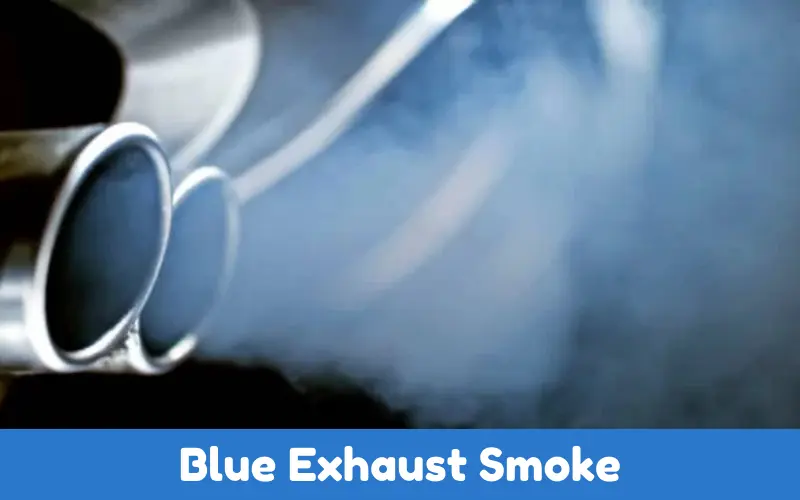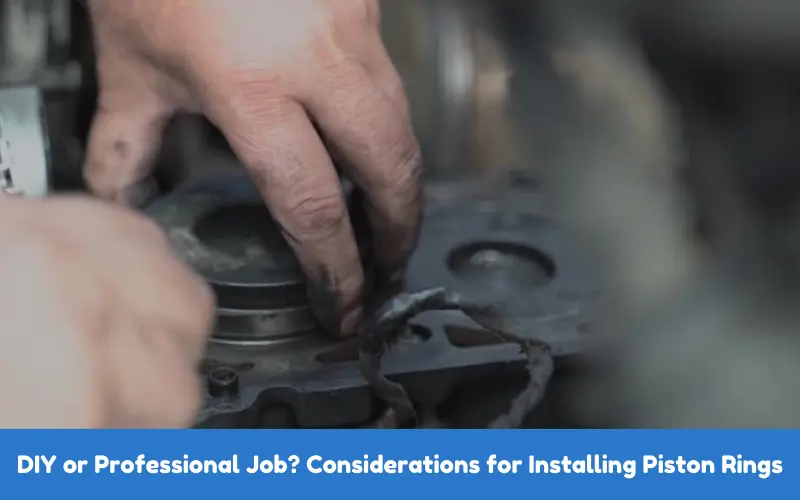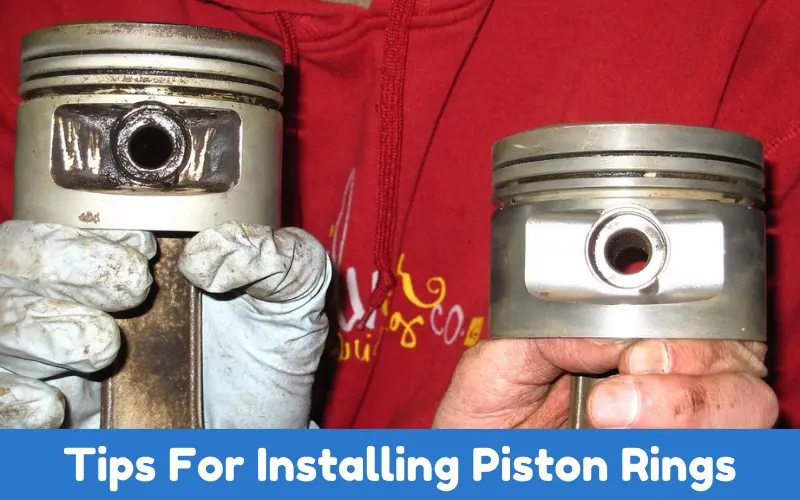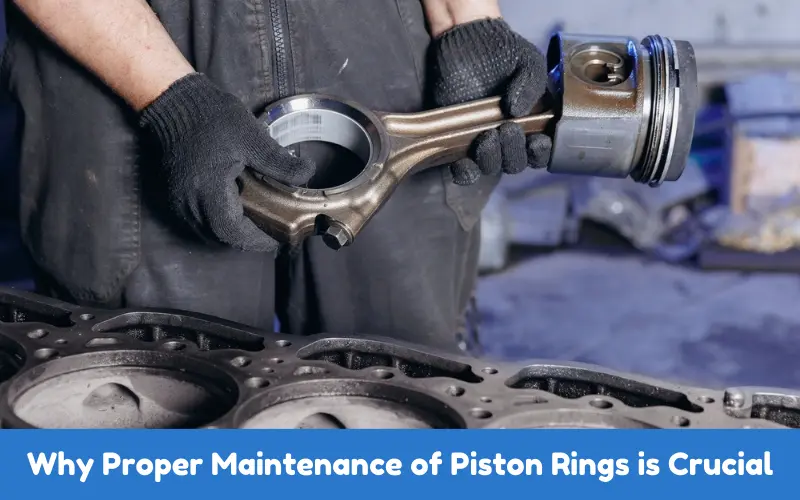If you’re a gearhead or a regular person who wants to enjoy their vehicle for decades to come, chances are you’ve come across the name piston rings.
Piston rings are tiny, playing a vital role in your engine and a key part of keeping it running for years.
In this guide, we’ll talk about when piston rings are bad and what needs to be done to keep your cylinders operating at their maximum potential by providing you with the information on what a piston ring is, why it matters, and how you can take care of your piston rings.
Article Summary
- What Are Piston Rings And Why Do They Matter?
- The Three Types of Piston Rings
- Bad Piston Rings Symptoms: What To Watch Out For
- The Cost To Change Piston Rings:
- DIY or Professional Job? Considerations For Installing Piston Rings
- Tips For Installing Piston Rings
- Preventative Maintenance: Keeping Your Piston Rings Healthy
- Conclusion: The Long-Term Value of Piston Ring Care
What Are Piston Rings And Why Do They Matter?
Let’s start with the basics. Piston rings are metal rings that fit snugly around a piston in an internal combustion engine. They serve several critical functions:
- Sealing the combustion chamber
- Transferring heat from the piston to the cylinder wall
- Regulating oil consumption
Without properly functioning piston rings, your engine would lose compression, burn oil, and eventually fail. That’s why understanding these components is so important for anyone who wants to keep their engine in top shape.
The Three Types of Piston Rings
Typically, you’ll find three piston rings on each piston:
- Compression Ring: The top ring that seals the combustion chamber and transfers most of the heat to the cylinder wall.
- Wiper Ring: The middle ring that helps manage oil distribution and assists with sealing.
- Oil Control Ring: The bottom ring that scrapes excess oil from the cylinder walls back into the crankcase.
Each of these rings plays a specific role in keeping your engine running smoothly and efficiently.
Bad Piston Rings Symptoms: What To Watch Out For
Now that we understand what piston rings do let’s talk about how to spot them when they’re not doing their job. Here are some common bad piston ring symptoms to keep an eye (and ear) out for:
1. Excessive Oil Consumption
If you’re constantly having to top up your oil between changes, it could be a sign that your piston rings are worn out and allowing oil to seep into the combustion chamber.
2. Blue Exhaust Smoke
But, to veer back to oil in the combustion chamber, if your exhaust is pouring out blue smoke, especially under throttle or as the engine starts after it’s been parked for a while, you’re burning oil, perhaps due to worn piston rings.

3. Poor Engine Performance
A worn piston ring will allow too much leakage of gases between the combustion chamber and the crankcase. This reduces compression, leading to less vehicle movement power, especially when accelerating, fuel economy, and engine torque.
4. Engine Misfires
Leaking piston rings can contaminate the spark plugs with oil and force them to misfire. You might feel a rough idle, or the engine might lose its smoothness when accelerating.
5. Increased Emissions
Faulty piston rings can cause your vehicle to fail emissions tests due to the increased pollutants from oil burning and incomplete combustion.
6. Noisy Engine
If you hear a ticking or rattling noise from your engine, especially when it’s cold, it could be a sign of worn piston rings allowing excessive piston slap.
If you’re experiencing any of these symptoms, it’s crucial to have your engine checked out by a professional. Ignoring these signs could lead to more severe engine damage down the road.
The Cost To Change Piston Rings:
What to Expect If you’ve determined by now that your piston rings need replacing, your first question will be, ‘How much does it cost to change piston rings?’ Well, how much it costs to change piston rings is going to depend on several things:
- Type of Vehicle: Luxury or high-performance cars typically cost more to repair than standard models.
- Engine Design: Some engines are more complicated and time-consuming, increasing labor costs.
- The Extent of Damage: However, the repair cost will be higher if the worn rings have created additional engine damage.
- Parts Quality: OEM (Original Equipment Manufacturer) parts are usually more expensive than aftermarket options.
- Labor Rates: These can vary widely, depending on whether you are in Portland, Maine, or Pune in India and whether you go to a dealership or an independent.
On average, you’ll probably pay somewhere between $1,000 and $5,000 for a full piston ring replacement job, a significant investment but one that puts your wallet in perspective compared to the possible alternatives: saving your entire engine or buying an entirely new car.
DIY or Professional Job? Considerations For Installing Piston Rings
For the mechanically inclined, the idea of installing piston rings themselves might be tempting. After all, how hard could it be? Well, while it’s not impossible for a skilled DIYer, there are some serious considerations to keep in mind:
Pros of DIY Piston Ring Installation:
- Potential cost savings on labor
- Personal satisfaction and learning experience
- Complete control over the quality of parts used

Cons of DIY Piston Ring Installation:
- Requires specialized tools and a deep understanding of engine mechanics
- Time-consuming process, especially for beginners
- Risk of causing additional damage if not done correctly
- May void warranties on newer vehicles
If you’re wondering how to install piston rings, here’s a very simplified overview of the process:
- Remove the engine from the vehicle
- Disassemble the engine to access the pistons
- Remove the old rings and clean the pistons and cylinder walls
- Carefully install the new rings onto the pistons
- Reassemble the engine, ensuring proper torque on all bolts
- Reinstall the engine and perform necessary adjustments
As you can see, this is a complex job that requires a significant amount of skill, time, and proper tools. For most people, professional installation is the safer and more practical choice.
Tips For Installing Piston Rings
Successfully If you do decide to tackle installing piston rings yourself, here are some crucial tips to keep in mind:

- Use the Right Tools: Proper piston ring expanders and compressors are essential to avoid damaging the rings during installation.
- Clean Thoroughly: Ensure all components are spotlessly clean before reassembly. Even tiny particles can cause significant damage to an engine.
- Check Ring End Gap: A proper ring end gap is crucial for optimal performance. Follow manufacturer specifications closely.
- Orient Rings Correctly: Each ring should be installed in the correct groove and orientation. Refer to your engine manual for specifics.
- Use Plenty of Lubricants: Coat the rings and cylinder walls with engine oil to prevent damage during the initial start-up.
- Take Your Time: Rushing through the process is a recipe for mistakes. Be patient and methodical.
- Break-In Properly: Follow the manufacturer’s recommendations for breaking in the new rings to ensure they seat correctly.
Remember, if at any point you feel unsure or overwhelmed, it’s best to stop and consult a professional. The cost of fixing mistakes can quickly outweigh any potential savings from DIY.
Preventative Maintenance: Keeping Your Piston Rings Healthy
While piston rings eventually wear out, there are steps you can take to extend their life:
- Regular Oil Changes: Clean oil helps reduce wear on all engine components, including piston rings.
- Use Quality Oil: Choose oil that meets or exceeds your vehicle manufacturer’s recommendations.
- Address Issues Promptly: Don’t ignore warning signs like increased oil consumption or unusual noises.
- Avoid Short Trips: On short trips, the engine does not get a chance to reach its operating temperature, which causes more wear.
- Regular Tune-Ups: Keep your engine running efficiently to reduce stress on all components.
- Use Fuel Injector Cleaner: This can help prevent carbon build-up, which can affect piston ring performance.
With these tips, you could help your piston rings (and the entire engine) last longer for many years.
Conclusion: The Long-Term Value of Piston Ring Care
A tiny component gets a big pat on the back: the piston ring. Keep an eye out for its warning signs, figure out when it’s time to schedule a visit to your mechanic, and generally respect the integrity of your piston rings, and you will save yourself lots of money and grief in the long run.
Whether you’re the DIY type inclined to make your piston rings or the kind who’d rather leave such installation in the hands of expert mechanics, knowledge is king.
The more you know about how your engine works, the better you’ll be able to make decisions about its care and maintenance.

